9 Ways To Deal With Soft & Brittle Nails At Peri Or Post-Menopause
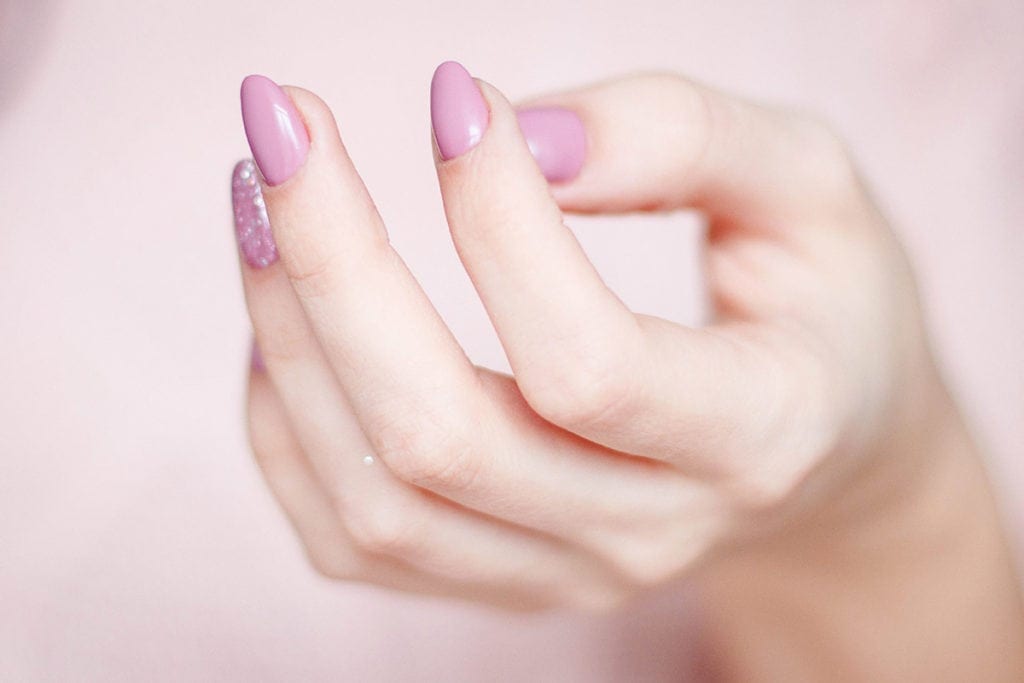
Are your nails, or more specifically, fingernails changing?
In addition, have you noticed – along with your hair – you have less robust, more soft and brittle nails?
Indeed, fingernails that have always been strong and sturdy are likely to weaken and slow down their growth during the meno years. It’s one of the signs.
But, wait! Before you groan I have good news too 😀. First off though, let’s go through the whys and wherefores so you can understand what’s happening.
Why are my nails becoming soft & brittle?
The changing hormones of the menopause years are the culprits here. Because, as you may already know, once you enter perimenopause around 40-45 (sometimes in your 30s) your menstrual cycle and hormones begin to fluctuate.
And this is a sign of your estrogen levels lessening and your ovarian function slowing down. Furthermore, the ovaries are the main estrogen factory in our body, although we have estrogen receptors all over our bodies. So – among other things – estrogen is also a major player in our our brain, skin, bones, liver and heart health.
Lower estrogen levels can also bring on gamut of other menopausal signs such as abnormal body temperature, difficulty getting a good night’s sleep, mood swings, loss of libido and weight gain. Find out the 34 most common signs here.
What nail changes can you expect?
Estrogen is also an important player in the health of our nails.
And less estrogen can lead to:
- Soft nails
- Brittle nails
- Peeling nails
- Splitting nails
- Slow growth rate
What can you do about soft & brittle nails?
Well, a lot actually. That’s my good news! 😁
Firstly, a lot of the ladies in community use LotsaLocks® to support hair density. But it’s got other benefits too such as supporting stronger, thicker, longer hair and nails? Get yours here.
1. Drink more water

One of the functions of estrogen is to regulate water levels in the body. So keeping hydrated is smart as dehydration contributes to brittle nails. Therefore, keeping a water bottle or water jug handy will repay you in spades. And if you’re not a water fan, no worries. Try infusing it with lemon juice or fruit, berries or mint leaves.
2. Eat a nutrient dense diet
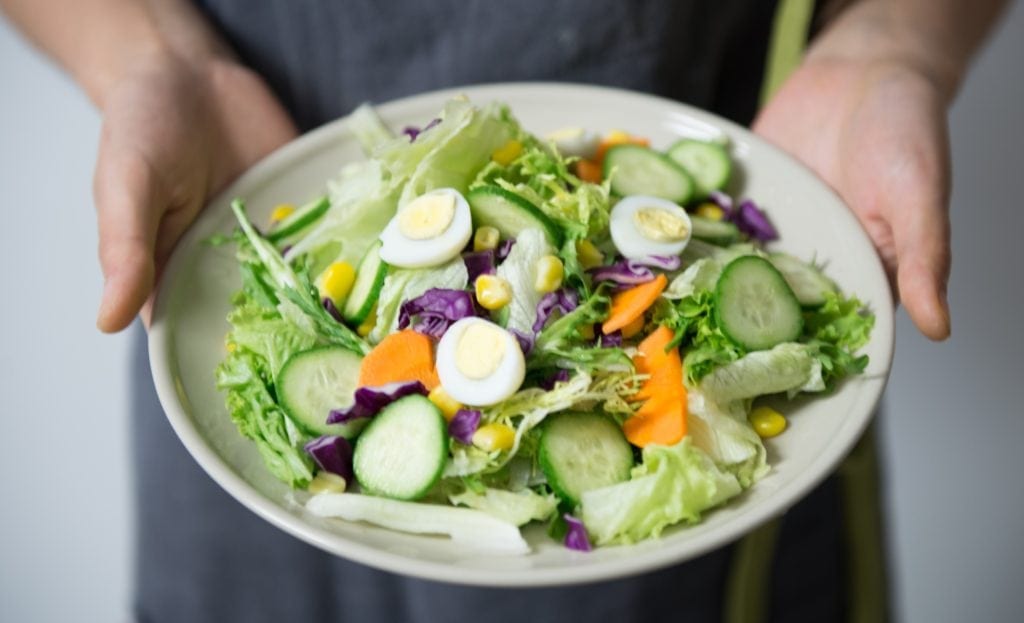
Aside from pregnancy, there’s no more important time than the ‘meno years’ for a woman to ensure she’s well nourished. Of course, every day calls for good nutrition, but your midlife body is going through a lot and optimum nutrients helps you manage it much better – both outwardly and inwardly.
So eat the rainbow, limit processed foods (they’re difficult for you to process), limit sugar, embrace whole grains, fruits, vegetables and water. And fill up on high water content foods like cucumber, lettuce, watermelon – anything juicy – because they also help with hydration.
3. De-stress

While having a tough time with perimenopause can be stressful in itself, adding other issues such as relationship problems, work issues, difficult kids, ageing parents, financial difficulties can amp it up.
And if this happens your nails will suffer. What’s more, you may respond with a nervous habit – as so many people do – by biting or rubbing your nails, which, over time, may alter the nail plate or cause a weakening ridge.
Additionally, biologically, stress adversely increases our levels of the hormone cortisol. And this impacts the skin’s barrier function negatively resulting in water loss.
4. Take a probiotic
The bottom line is you need a healthy digestion to ensure your stomach acid plays its role well. Indeed, when this is all tickety-boo, your body is able to absorb and use all of the nutrients you feed it. Enough said.
5. Olive oil
Furthermore, I’ve always found soaking the nails in warm olive oil for 10 minutes conditions and strengthens them beautifully.
6. Hand cream
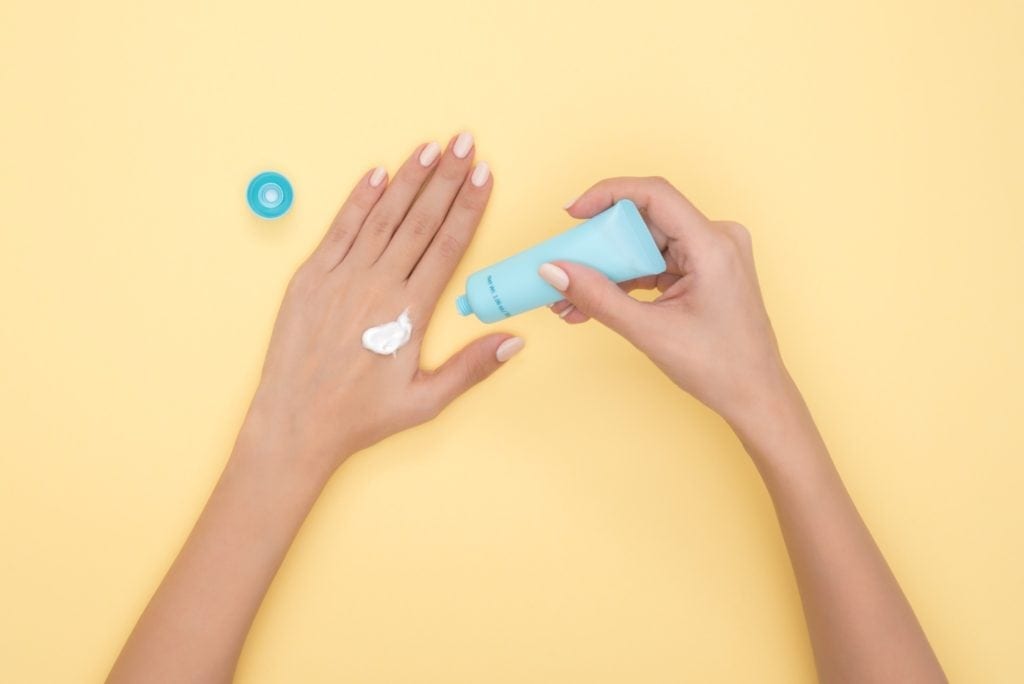
Keep a hand cream close by at all times and rub it in whenever you think of it. I love Weleda’s Sea Buckthorn. Just saying. 😀
7. Wear gloves
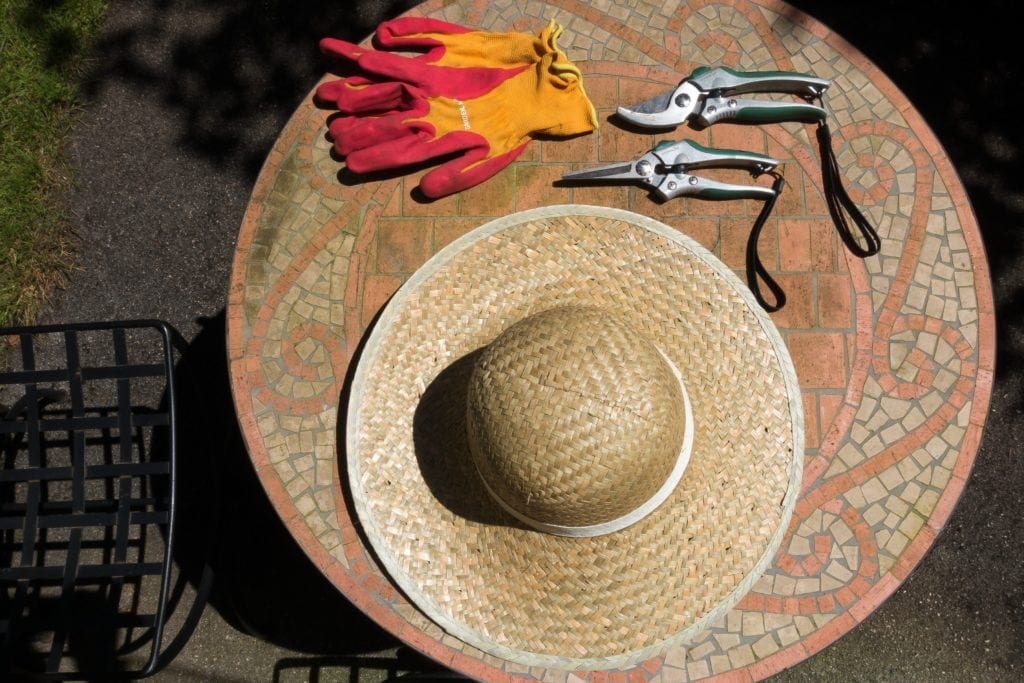
Are you doing household chores or gardening? Protect your nails with gloves because it’s really a no-brainer.
8. Don’t smoke

If you smoke know that studies have shown that smoking can exacerbate brittle nails.
9. Get a bone density scan
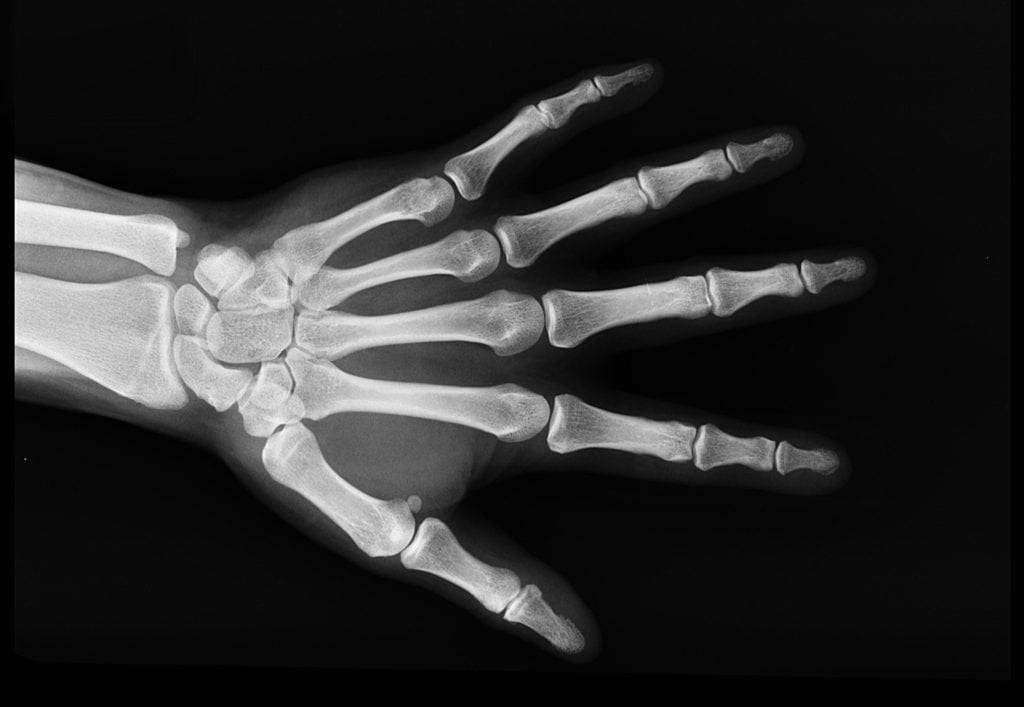
One of the signs of osteoporosis is brittle nails and if you are at any stage of menopause, peri or post, it would pay to check how your bones are doing.
Related:
How to have great skin after 40.






